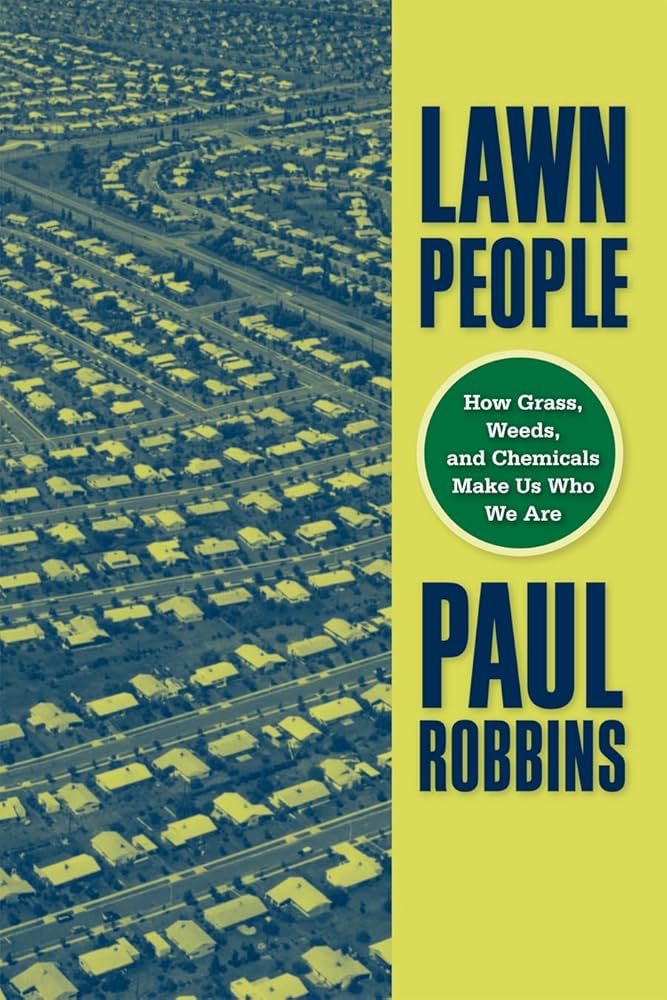In The Miso Soup (published 1997) by Ryu Murakami
A self-described “postmodern renaissance man”, Ryu Murakami is an interesting figure in the world of Asian literature. His works are typical of post-war Japanese literature, with feelings of foreboding, depression, and alienation being rampant throughout. But what makes him stand out is his portrayal of these themes. Instead of the lonely, self-pitying of Osamu Dazai or the self-righteous nationalism of Keisuke Itagaki, Murakami writes with an almost American flair. Murakami’s Japan is a land full of misanthropes, murders, prostitutes, and all other kinds of undesirables. He doesn’t paint a pretty picture of contemporary Japan.
In The Miso Soup doesn’t pull any punches. The story is rife with degenerates, death, sleaziness, and pleasure districts; the kind of Japan you wouldn’t hear about from the mouth of a starry-eyed Westerner or an imperialist zealot. The book follows Kenji, a tour guide for tourists all of nationalities, tourists who aren’t there to experience Japan’s unique culture or vistas, but rather to indulge in all their vices and desires. Kenji makes ends meet with this job, but after encountering a strange American tourist named Frank, he starts to think maybe his job isn’t so good after all. The story hinges on the conflict between Frank and Kenji, with Kenji believing Frank is actually a dangerous serial killer that is horrifically murdering people in his area. Frank may be one of, if not the best written villain I’ve ever encountered in a story. He’s written so you can tell that something is very wrong with him, yet you can’t exactly put your finger on what about him irks you. He is a genuinely terrifying character and dominates this story, and rightfully so.
Frank acts as not just the villain of the story, but as a small metaphor in the larger allegory of the story. Murakami wanted to highlight the consumerism and vanity rampant in Japanese society at the time of publication, and he absolutely nailed it. Frank acts as a metaphor for the influence of America on post-war Japanese society. And what better to represent it than with an overweight, destructive American tourist? I remembered one scene vividly, where a girl working at one of the bars Kenji takes Frank to comments on Frank being American by bringing up a so-called “Nike Town”. It doesn’t matter that Frank is fat, with skin “like plastic” and the personality of an Oz character, the mere fact that he is American and that means money and trends and products is what matters to her. This is how Murakami comments on the culture of his home nation, and it is a beautifully ugly portrayal.
Overall, In The Miso Soup, as well as Murakami’s other works, are must reads. This book is a searing take on Japanese society and a nail-biting, edge-of-your-seat thriller to boot. This story now stands as one of my personal favorites, and I’m sure to re-visit it more than once in the future. If you read this book and enjoyed it, I would suggest you also check out authors like Chuck Palahniuk and Bret Easton Ellis, who nail this specific niche of cruel, postmodern horror-thrillers. In The Miso Soup is a modern masterpiece.






Daniel • Jan 21, 2024 at 10:53 am
This is a very thoughtful and interesting review!